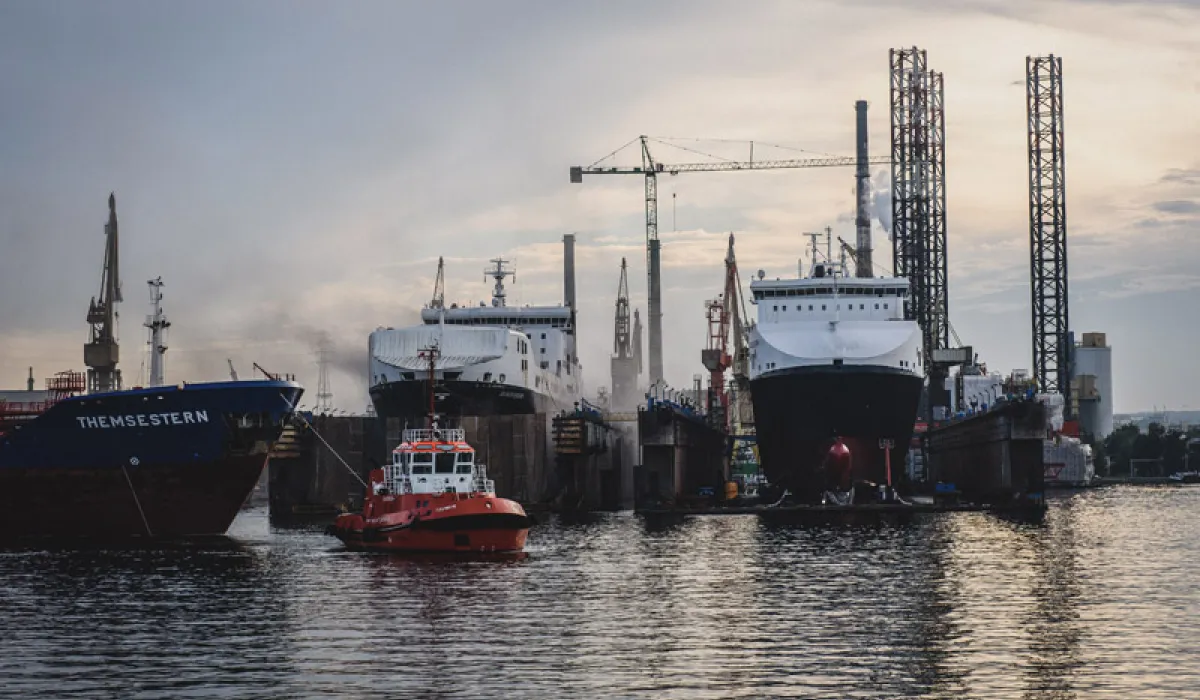Three Advances In Cruise Ship Maintenance Technology

The aim of a cruise ship is to provide a safe, problem-free voyage for its customers, and this means that optimal inspection and maintenance are key both before and during a voyage. As found in a study by J Mileski et al., most problems relating to cruise ships involve design, crew errors and maintenance. When it comes to improved maintenance, new technology that enables better, more accurate inspection is key. Read on for more information on three advances that are making the process speedier and more accurate.
3D Borescope Technology
Engines and other machinery need to be inspected frequently in cruise ships, but often, problems lie in the interior of engines or are in hard-to-reach places that are invisible to the naked eye. This is where borescopes come in. These are machines with one or two cameras attached to them that are placed into machines to spot problems such as grooves, holes, pits and other issues that can interfere with the optimal functioning of machinery. As stated on the specialist site https://spiborescopes.com, 3D borescopes take it a step further, computing 3D coordinates at the cursor positions to perform precise measurement calculations. Through this system, variables such as glare, noise, brightness, and viewing perspective are not able to alter or skew measurements. Thus, cruise liners can avoid unnecessary engine removals or the continued use of components that are no longer in optimal condition.
Intelligent Decking Systems
Not all maintenance is focused on machinery, of course. In fact, it is often required in spaces that are commonly used by passengers daily - including the deck. These days, top liners are using intelligent decking systems containing sensors that gather safety data. Many decks also boast temperature-tolerant products that improve durability and keep maintenance costs down. Some decking systems even measure footfall over specific areas of the liner; the information obtained can be vital when it comes to promoting passenger safety. Decks with in-built LED lighting, meanwhile, can reduce the chances of slips and falls, thus ensuring better passenger and flooring integrity.
Improving Fuel Efficiency
Better fuel efficiency can be seen as a vital way to reduce maintenance costs, as it stretches the life of motors further. Currently, cutting-edge cruise ships use azimuth thrusters (pods with propellers that can rotate fully and provide top-level maneuverability). These replace rudders, allow for a lower stopping distance, and boost fuel efficiency. They are compatible with both diesel electric and gas turbine engines, and have a reputation for sturdiness and a long life.
Maintenance on cruise ships involves both better inspection systems and the choice of fuss-free materials that require less work. 3D borescopes are arguably one of the biggest advancements in maintenance, since they enable precise measurements to be taken quickly. Sturdier and smarter materials on decking and in fuel tanks can also reduce the need for maintenance and guarantee quicker, more efficient service when it is required.
Photo by Michal Mrozek on Unsplash

